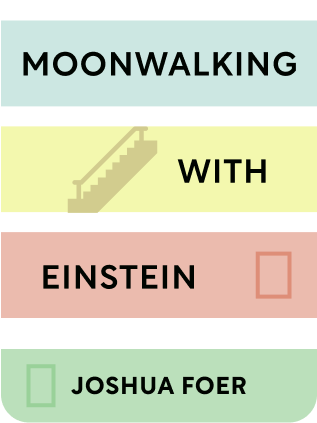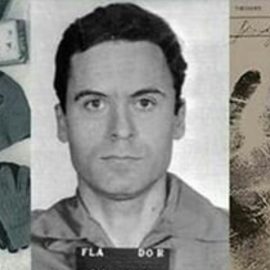

This article is an excerpt from the Shortform summary of "Moonwalking With Einstein" by Joshua Foer. Shortform has the world's best summaries of books you should be reading.
Like this article? Sign up for a free trial here .
What is the difference between photographic and eidetic memory? Do photographic memories really exist?
The difference between photographic and eidetic memory is simple: eidetic memories exist. There is no definitive evidence of photographic memory.
Read more about the difference between photographic and eidetic memory below.
What’s the Difference Between Photographic and Eidetic Memory?
So what’s the difference between photographic and eidetic memory? Most people have probably heard of a “photographic memory,” which is the ability to take a mental snapshot of something detailed, such as a page of a book, and recall it in perfect detail. How does that work, considering everything we’ve learned about the memory so far?
It probably doesn’t work—there’s no scientific evidence to back up the existence of a photographic memory. Only one case of a photographic memory was ever recorded in scientific literature, and the research has some holes in it. A Harvard student named Elizabeth could allegedly look at a pattern of random dots with her right eye, then a different pattern with her left eye, and then mentally layer the dots on top of each other, which formed an image where the dots overlapped (similar to a “Magic Eye” stereogram). However, the validity of these test results was called into question when the scientist who studied her, Charles Stromeyer III, married her and she was never tested again.
John Merritt, another researcher, tried to duplicate the study with others. He published the two-dot test in newspapers and magazines, hoping he’d find someone who could do the same thing Elizabeth had. People responded, but once in a lab, none of them could do it. This is the main difference between photographic and eidetic memory: we can prove eidetic memories exist, but not photographic memory.
Eidetic memories, however, are real. People who have eidetic memories can remember images longer than the average person, but not in more detail than the average person.
Can We Improve Our Memories?
Now that you know the difference between photographic and eidetic memory, the next question is whether or not these types of memories can tell us anything about improving memory. If our brains are naturally good at remembering certain things and naturally bad at remembering others, is there anything we can do to improve our memories? Is memory like vision or height—you’re stuck with what you’ve got—or more like a skill you can improve? For a long time, scientists thought our memory abilities were fixed, but in a study that took place from 1981-1983, K. Anders Ericsson and Bill Chase found that people can train and improve their memories.
Ericsson and Chase tested the memory of SF. SF took digit span tests, which measure a person’s ability to hold numbers in their working memory, for 250 hours over two years. In the test, someone reads out a new number every second and the test subject must remember the sequence.
Initially, SF, like most people, could only remember about seven digits. He remembered them by chanting them over and over to himself, which is called a phonological loop.
Then, however, he came up with a new method. SF was a runner, so he started thinking of the random digits as running times. For example, 4, 1, 1, 9 became 4 minutes and 11.9 seconds, the time it might take him to run a mile. Using this method, by the end of the testing, SF could remember over 70 digits. (There’s more on this technique, called chunking, in part 2.)
(Shortform note: To learn more about how to use mental representations to improve your skills in a variety of fields, read our summary of K. Anders Ericsson’s Peak: Secrets from the New Science of Expertise.)
The difference between photographic and eidetic memory is clear, but why eidetic memories exist isn’t. However, many scientists wonder if people with eidetic memories can give clues about improving and preserving memories.

———End of Preview———
Like what you just read? Read the rest of the world's best summary of Joshua Foer's "Moonwalking With Einstein" at Shortform .
Here's what you'll find in our full Moonwalking With Einstein summary :
- The memory techniques that took the author from novice to US memory champion in one year
- The 6 key types of memory we use everyday
- Why memory isn't just genetic, and how you can improve your memory with the right techniques






